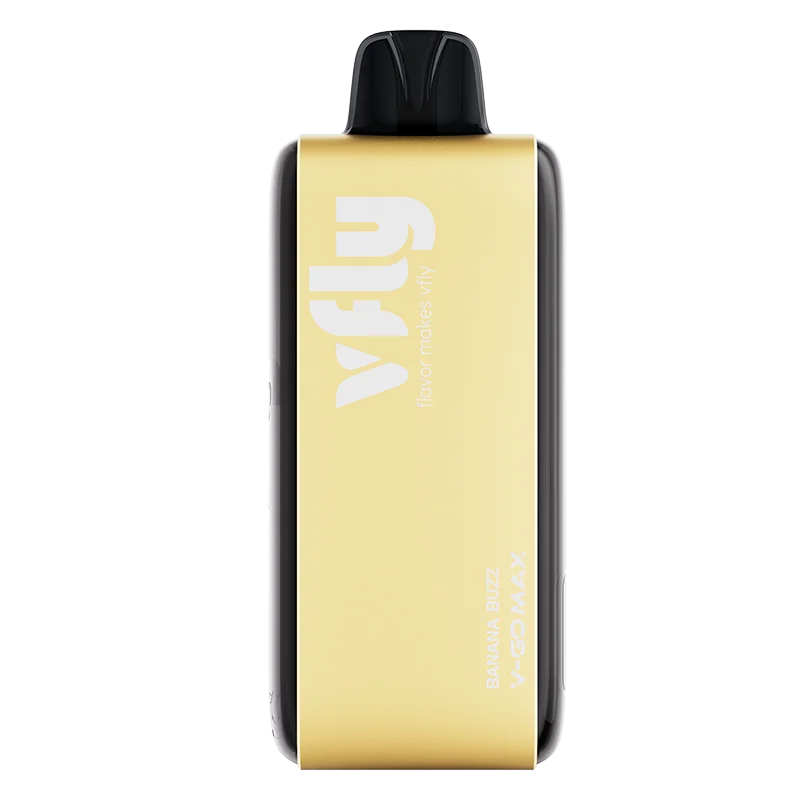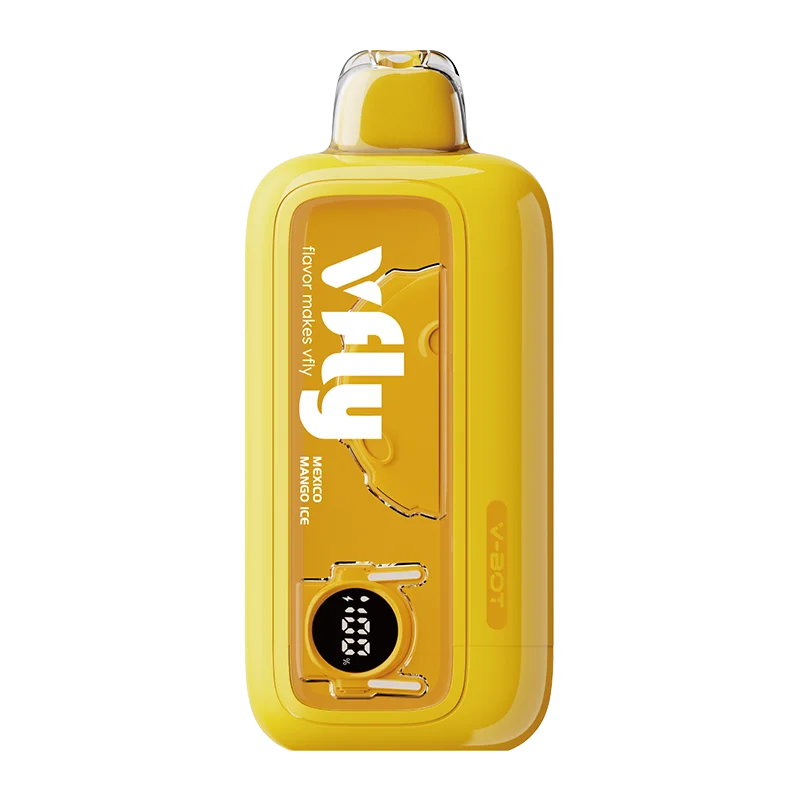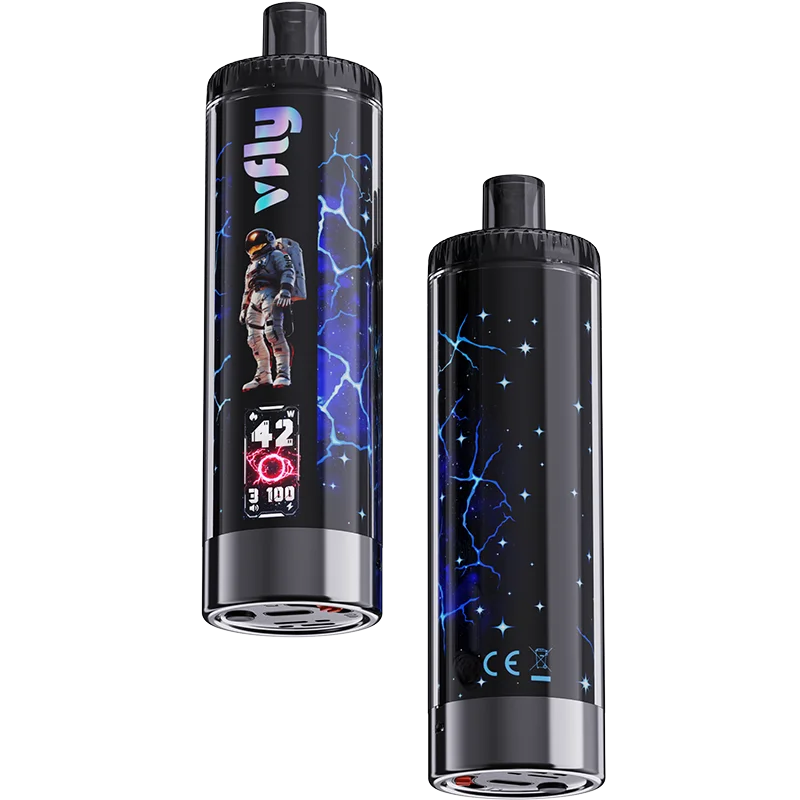Does Vaping Stain Walls?
As vaping continues to grow in popularity, questions around its impact on indoor environments are becoming more common. One recurring concern is whether vaping can stain walls similarly to traditional cigarettes. If you're a homeowner, renter, or landlord, understanding the effects of vape aerosols on surfaces like walls, ceilings, and furniture is essential. Here's a comprehensive guide to help you understand if—and how—vaping affects your walls.
Does Vaping Stain Walls?
Yes, vaping can stain walls over time, though the effect is typically much less noticeable than cigarette smoke. While e-cigarettes don’t produce tar or ash, they do emit a vapor that contains nicotine, propylene glycol (PG), vegetable glycerin (VG), and flavorings. These components can build up on indoor surfaces, especially with frequent or long-term use.
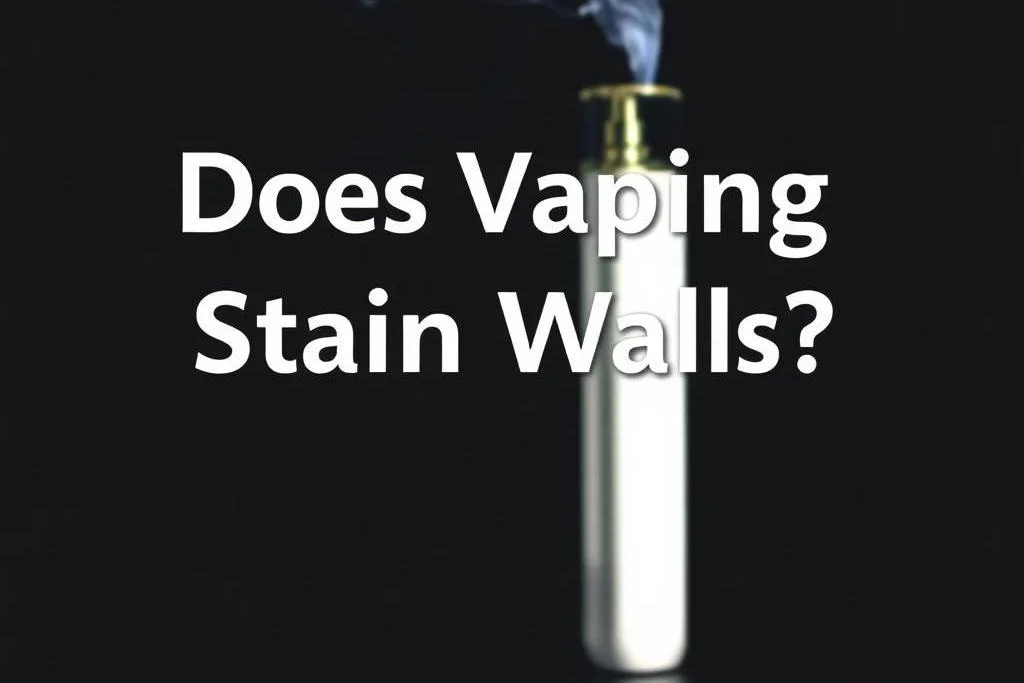
Key Factors That Influence Wall Staining from Vaping
- Nicotine Content E-liquids containing nicotine are more likely to cause staining. Nicotine can oxidize when exposed to air, leaving behind a yellowish residue over time.
- Room Ventilation Poor ventilation can increase the chances of residue accumulating on walls and ceilings. Enclosed spaces trap vapor, making it more likely to settle on nearby surfaces.
- Vaping Frequency and Volume The more often you vape indoors—especially using high-powered devices—the more likely you are to notice residue buildup on walls.
- Type of E-liquid Used High VG juices produce thicker vapor clouds, which can leave behind a more noticeable film over time, especially in poorly ventilated areas.
How Does Vape Residue Compare to Cigarette Smoke?
Traditional cigarette smoke contains tar and a wide range of combustion byproducts that stain walls and ceilings quickly and permanently. Vape aerosol, by contrast, is less sticky and less likely to cause deep staining. However, regular vaping indoors can still lead to the buildup of a thin, sometimes greasy film that may attract dust and discolor surfaces over time.
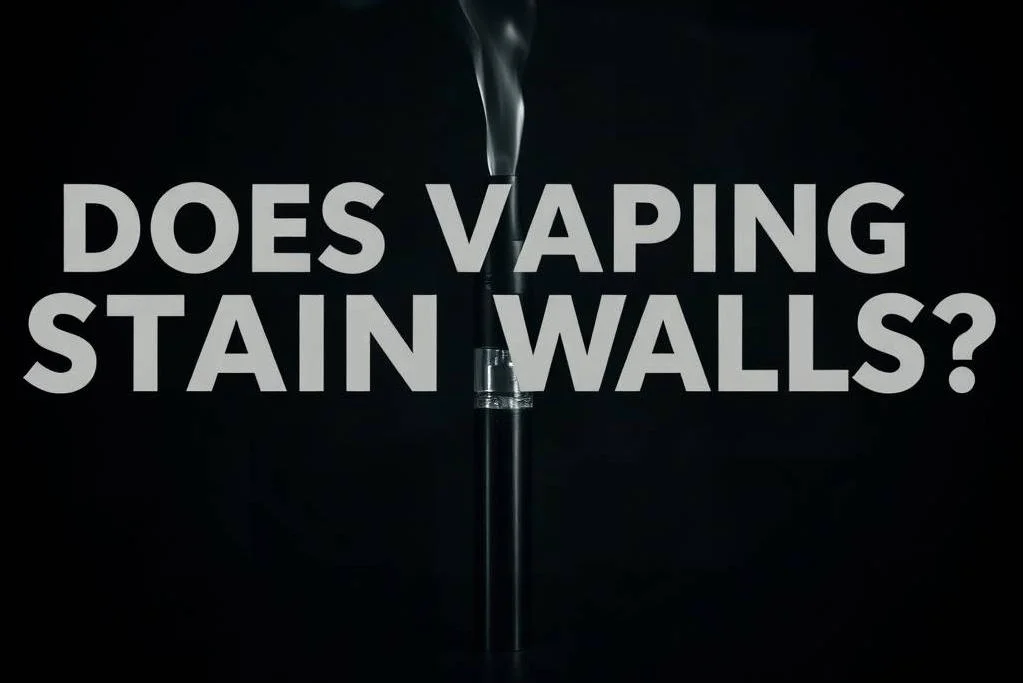
Can You Prevent Vaping Residue on Walls?
Absolutely. If you vape indoors and want to minimize wall discoloration or residue buildup, consider the following tips:
- Improve ventilation: Open windows or use exhaust fans to disperse vapor quickly.
- Use air purifiers: High-efficiency particulate air (HEPA) filters can reduce airborne vapor particles.
- Choose nicotine-free e-liquids: These are less likely to leave yellowish stains.
- Wipe down surfaces regularly: Cleaning walls and furniture helps prevent long-term buildup.
- Avoid vaping near walls: Vape away from walls, ceilings, and fabrics to reduce contact with surfaces.
How to Clean Vape Residue Off Walls
If you've noticed buildup or staining from vaping, you can clean it off using:
- Warm soapy water Ideal for most painted surfaces. Use a soft cloth to gently scrub the affected area.
- Vinegar solution (1:1 with water) Effective for removing light nicotine stains and odor.
- Commercial degreasers Use cautiously on tougher stains but test on a small area first to avoid damaging paint.
Avoid harsh abrasives that can strip paint or damage wallpaper.
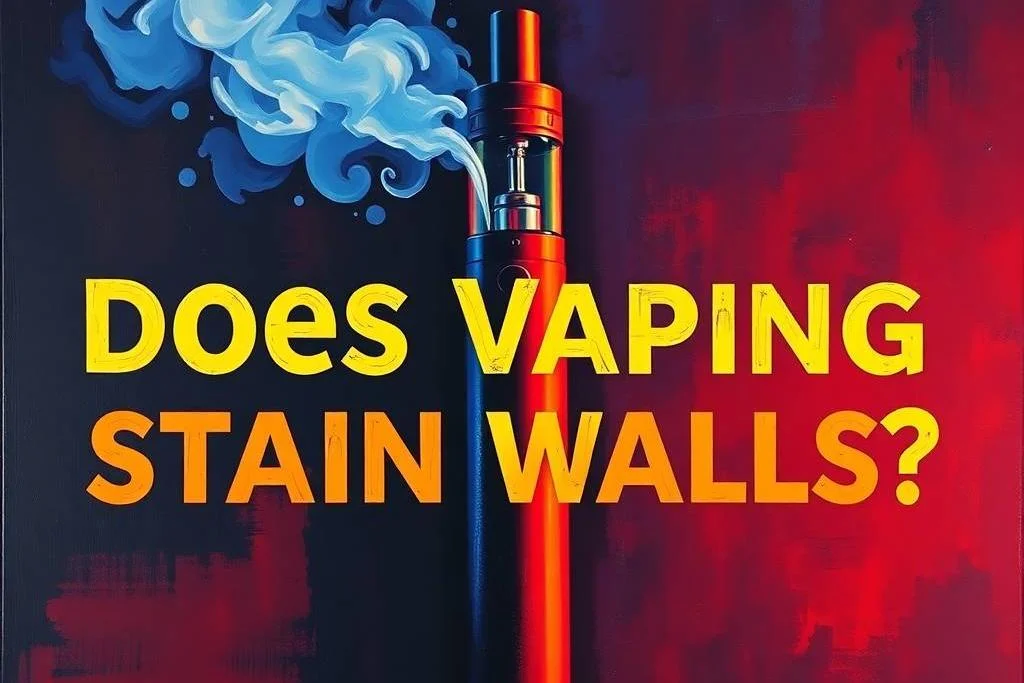
Should You Vape Indoors?
While vaping indoors doesn’t produce the lingering smell and heavy staining associated with smoking, it can still affect air quality and cleanliness over time. If you're concerned about wall stains or maintaining property value, it's best to vape outdoors or in well-ventilated spaces.
Conclusion
While vaping is less damaging to walls than smoking, it’s not entirely residue-free. Over time, especially in enclosed or poorly ventilated areas, vaping can leave behind a light film or even yellowish discoloration—particularly when nicotine is involved. With proper ventilation and regular cleaning, you can reduce or eliminate visible effects.
FAQs
1. Does vaping leave yellow stains on walls like smoking does?
Vaping can leave yellow stains on walls, but it’s usually much less intense than stains caused by cigarette smoke. The discoloration mainly comes from nicotine in the vapor, which can oxidize and deposit a light film on surfaces over time—especially in areas with poor ventilation.
2. How long does it take for vaping to stain walls?
The time it takes for vaping to stain walls depends on how frequently you vape indoors, the nicotine content, and room ventilation. In heavy-use, poorly ventilated areas, visible staining or residue can develop within a few months. In casual, occasional use with proper airflow, staining may take years or never appear at all.
3. Can you clean vape residue off painted walls?
Yes, vape residue can usually be cleaned off painted walls using mild soap and warm water or a vinegar-water solution. For stubborn stains, a non-abrasive degreaser may help. Always test cleaning solutions on a small area to ensure they don’t damage the paint.
4. Does vaping indoors affect ceiling paint and furniture too?
Yes, vape aerosol can settle on ceilings and furniture, especially in areas with limited airflow. Ceilings tend to accumulate more residue since vapor rises, and furniture can develop a light film that attracts dust or creates an oily feel over time.
5. Will using an air purifier help prevent vaping stains on walls?
Yes, using an air purifier with a HEPA filter can help reduce airborne vapor particles, which may lower the risk of staining walls and ceilings. However, it works best when combined with good ventilation and regular cleaning habits.

